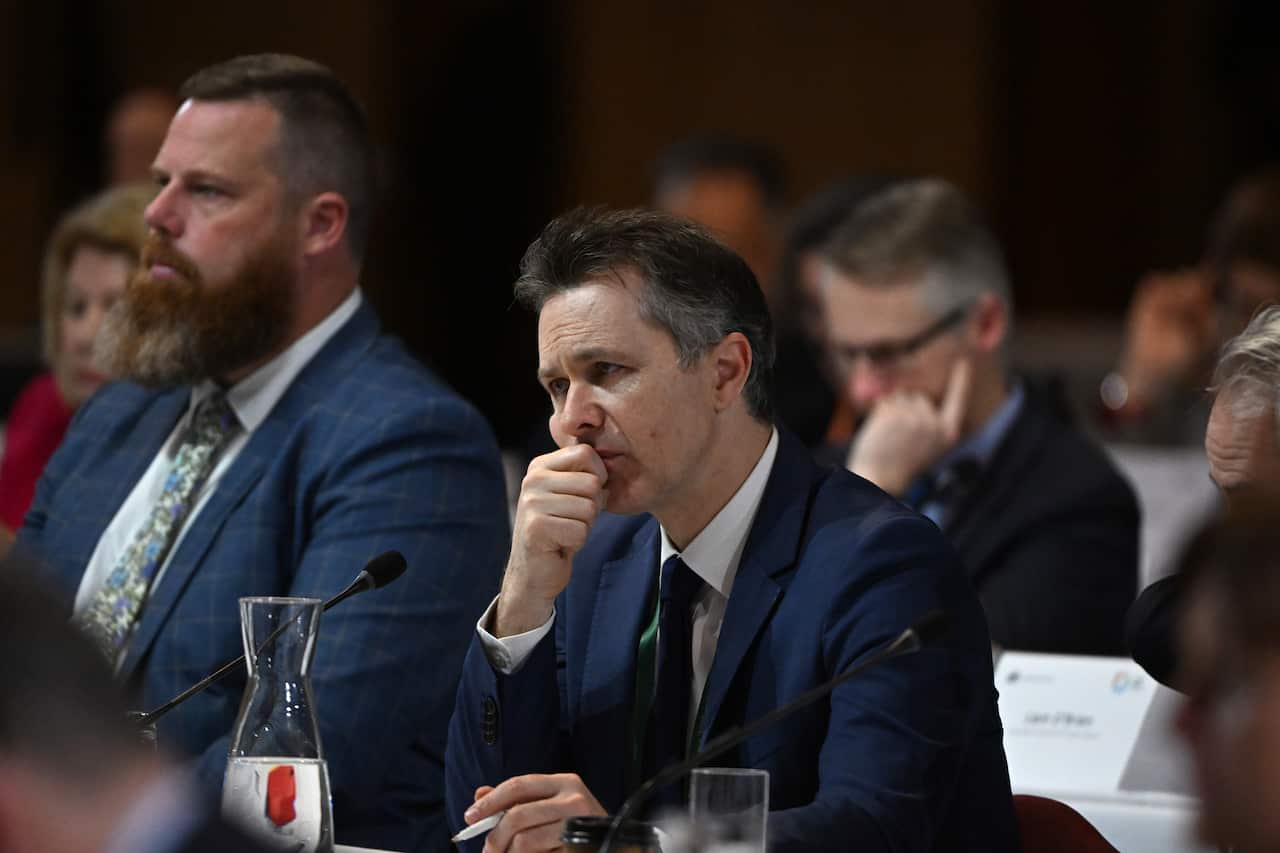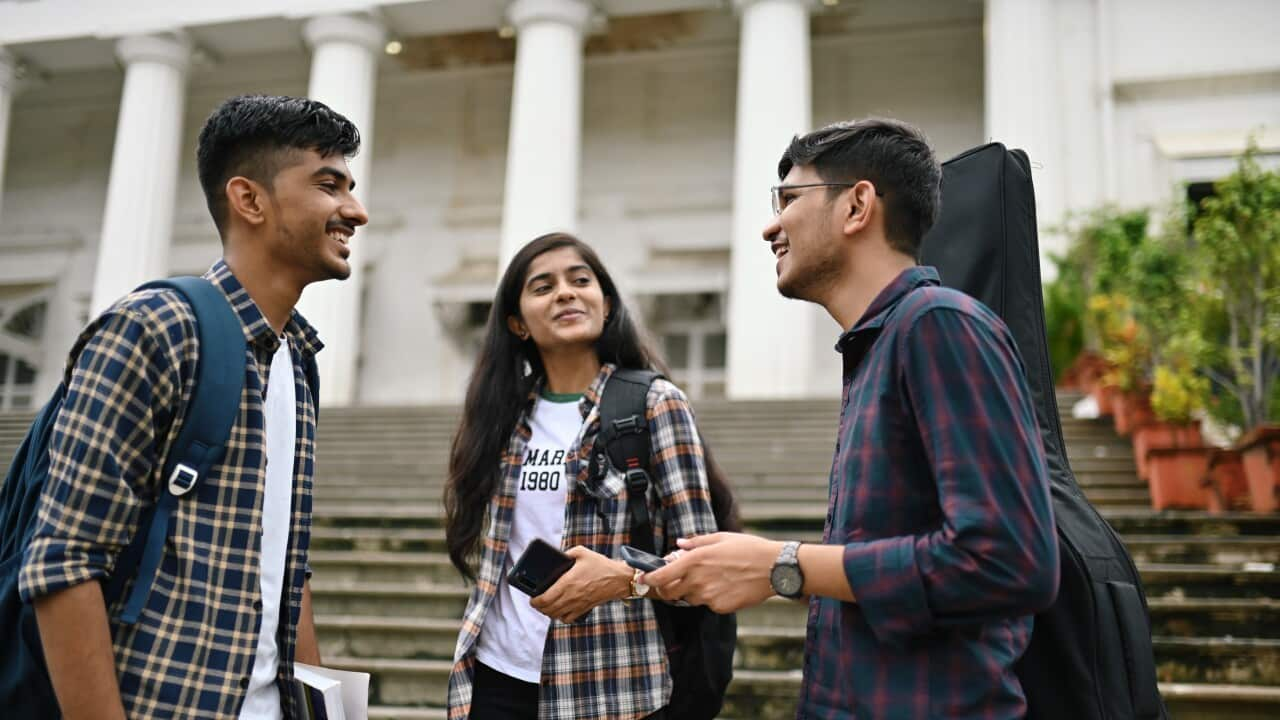Key Points
- Selected degree programs will be permitted for the extended visas.
- Increase in post-study work rights of international students is intended to boost the pipeline of skilled workers.
- The federal government said it will invest $36.1 million in visa processing to support 500 surge staff over the next nine months.
- Currently, only 16 per cent of international students stay on after their studies end.
The latest announcement was jointly made by the Departments of Home Affairs and Education on Friday following the Jobs and Skills Summit 2022.
The government announced that post-study work rights for graduates in skilled shortage industries will be extended to four years, while master's degree holders will be able to stay for five years, and PhD students for six.
According to the federal government, the increase in post-study work rights of international students is intended to boost the pipeline of skilled workers.
A working group will be established to advise the Ministers for Home Affairs and Education on the development of this and other relevant issues.
Members of the working group will include representatives from the Council of International Education, the National Tertiary Education Union, Universities Australia, and the Departments of Home Affairs and Education.
Work hours for international students will be capped again in June next year following feedback from stakeholders.Home Affairs Minister Clare O'Neil
The number of hours will be subject to consultation with a view to striking the right balance between work and study.

Minister for Home Affairs Clare O’Neil and Minister for Immigration Andrew Giles during the Jobs and Skills Summit at Parliament House in Canberra, Friday, September 2, 2022 Source: AAP / MICK TSIKAS/AAPIMAGE
"Allowing international students to work provides valuable skills to the Australian workforce, while enhancing the social and educational experience of students during their stay in Australia. However, work should always be ancillary to study," the DHA said.
Pointing out that international education was a vital industry that has been heavily impacted by the pandemic, Ms O'Neil said the outcomes from the Jobs and Skills Summit were geared towards supporting international education and giving the students who earn degrees in Australia the chance to contribute to the productivity of the economy.
At the moment, only 16 per cent of international students stay on after their studies end.Education Minister Jason Clare
"This will mean they can stay on longer and use the skills they’ve gained in Australia to help fill some of the chronic skills shortages we have right now," Mr Clare added.

Minister for Education Jason Clare during the Jobs and Skills Summit at Parliament House in Canberra, Friday, September 2, 2022 Source: AAP / MICK TSIKAS/AAPIMAGE
The federal government said it will invest $36.1 million in visa processing to support 500 surge staff over the next nine months.
The latest announcement has been met with a mixed response.
Adelaide-based international student Navsheen Kachroo welcomed the longer stay visa but pointed out that bringing back the cap on working hours would again create labour shortages.

Navsheen Kachroo is currently pursuing Masters of International Hospitality Management. Credit: Supplied by Navsheen Kachroo
"It could also result in students working illegally on cash and the government would lose on taxes," he added.
However, Mr Kachroo said the decision to grant longer stay visas would be attractive to prospective students and boost future enrolments.
Manasi Bhandarkar, a 23-year-old international student who arrived in Australia seven months ago, echoed similar sentiments.
"Longer stay visas will surely encourage international students to consider Australian universities."

Manasi Bhandarkar, 23, is currently studying MBA at the University of South Australia. Credit: Supplied by Manasi Bhandarkar
"As of now, I am able to manage my living comfortably but capping working hours will have a big impact on that," she said.
Currently, there are no restrictions on the amount of time international students can work during term.
India is the second largest source of international students for Australia behind China.
Share

